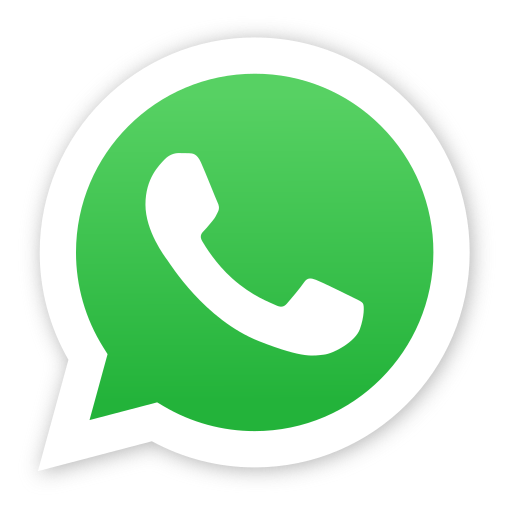Social media has a unique way of lighting us up. The likes, comments, and shares feel like tiny bursts of validation. They remind us that we matter, that we’re being noticed. In those moments, we feel seen in a world that often overlooks quiet voices. Yet beneath that glow is an unexpected paradox: the more visible I became online, the lonelier I felt in real life. This is the untold side of the digital connection story — one where visibility doesn’t always translate to belonging.
The Glow of Being Seen
There’s something electric about posting a photo, sharing a thought, or uploading a video and seeing that first notification ping. It’s an instant reminder that someone, somewhere, is watching, listening, or relating to your moment. For people who might struggle to find acceptance offline, these moments offer a sense of belonging.
I discovered niche communities that spoke my language, from mental health advocates to creatives sharing raw, unfiltered experiences. It felt empowering to know I wasn’t alone in my struggles. The public confidence boost that comes from sharing vulnerable stories and having others respond with kindness made me feel like I had finally claimed a little corner of the digital world for myself.

But the problem was, that feeling was fleeting. The comments slowed, the likes plateaued, and the glow faded. What remained was a strange emptiness — a quiet space between being seen and actually being known.
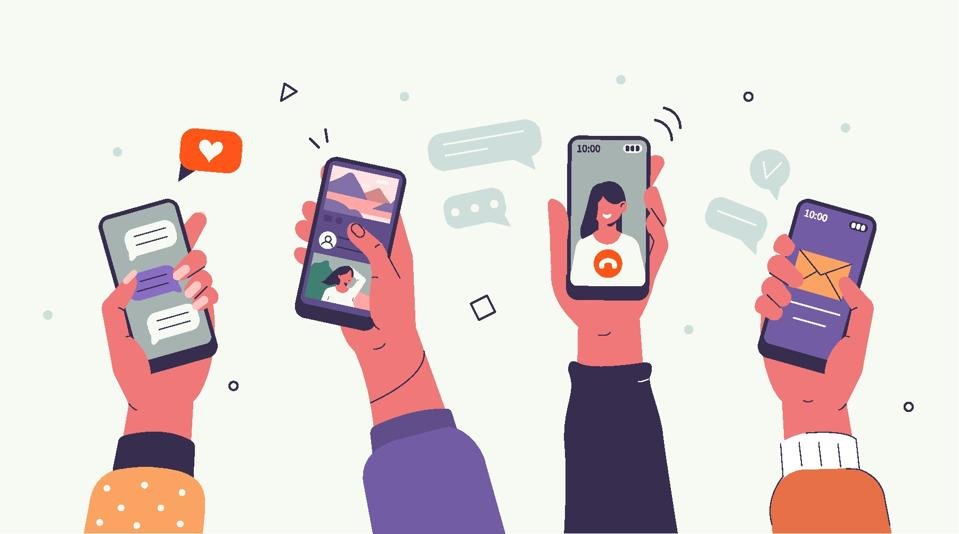
Why Connected Doesn’t Always Mean Close
On paper, social media should have made us the most connected generation in history. It gives us the ability to see inside the lives of friends, celebrities, activists, and strangers from across the globe. Yet somehow, it often delivers shallow impressions of people’s realities.
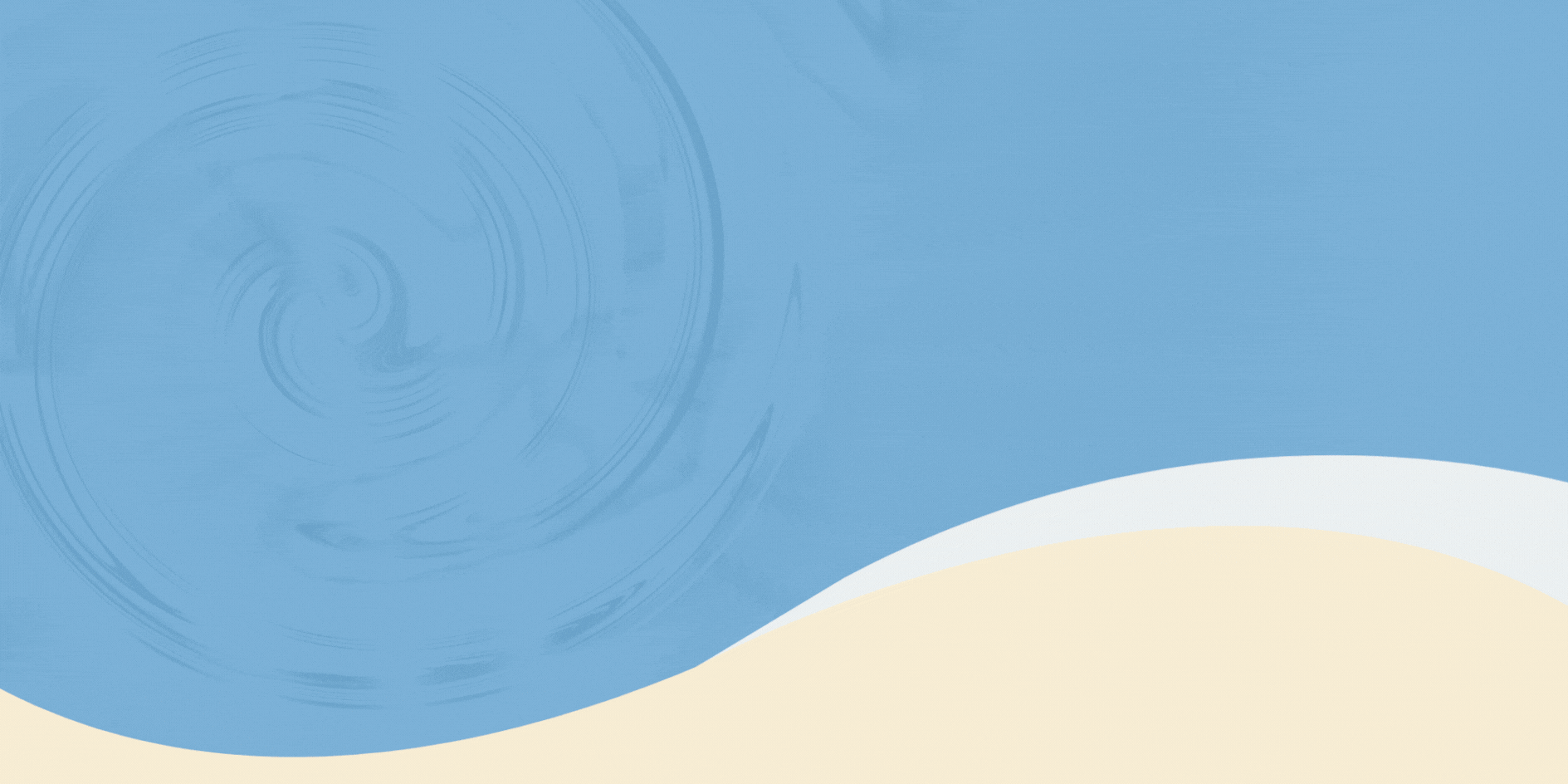
Curated highlight reels are a major reason why. We don’t post our lowest days, our most ordinary moments, or the evenings we spend quietly longing for company. Instead, we showcase perfect lighting, filtered smiles, and milestone achievements. As a result, we compare our behind-the-scenes to other people’s showreels, often leaving us with a creeping sense of inadequacy.
The concept of ‘phantom friendships’ also emerged for me. I could have thousands of followers, dozens of DMs, and daily comments, yet still feel like no one truly knew me. Interactions, though frequent, were often surface-level — a quick emoji reaction or a generic ‘love this!’ rather than meaningful conversations.
There’s also the issue of digital echo chambers. Algorithms feed us content similar to what we’ve already engaged with, limiting exposure to new ideas and diverse experiences. This can make our online world smaller, even as it appears larger.
Loneliness Is More Than a Feeling
Loneliness isn’t just emotional; it’s physiological. It affects both our mental health and our physical well-being. For me, loneliness showed up in unexpected ways. My sleep suffered, my concentration faltered, and I felt constantly distracted, always waiting for the next digital interaction to momentarily soothe the emptiness.
Even in rooms full of people, I noticed myself reaching for my phone, chasing a connection that wasn’t truly there. This behavior has become so common that it even has a name — ‘phubbing,’ or snubbing people in your immediate company by prioritizing your phone. It erodes relationships and leaves both parties feeling neglected.
What struck me most was how loneliness crept in quietly. It wasn’t always dramatic or obvious. It was a gradual realization that while my online life was thriving, my offline world was slowly emptying out.

When Social Media Became a Lifeline
Yet, it would be unfair to paint social media as entirely toxic. For many people, including me, it became a lifeline at times. There were nights when a heartfelt DM from a stranger made me feel seen in ways my immediate world couldn’t.
Posting about my mental health struggles or creative journey attracted messages from people going through similar experiences. In those exchanges, there was a rare honesty. It felt like we were both taking off the masks we wore in front of the world and sharing something real.
Mental health communities, body positivity movements, and online support groups provided a space where vulnerability was not only accepted but celebrated. In those circles, the connection felt different — warmer, slower, more human.
Personal Reflection: A Double-Edged Sword
I remember one night, I shared a photo of myself crying after a tough day, with a caption about feeling exhausted and unseen. The response was overwhelming. People opened up about their own hidden battles, and for a moment, I felt surrounded by empathy.
But the very next day, the post was buried under new content, fresh stories, and viral memes. That connection evaporated as quickly as it appeared. I was left chasing that feeling again, craving those digital interactions to fill a growing void.
I became obsessed with the numbers — likes, shares, saves — as if they could quantify my worth. Slowly, I realized that validation sourced externally is unreliable. It can uplift you one moment and leave you invisible the next.
How I’m Reclaiming Connection
It took time to recognize that the problem wasn’t social media itself but how I was using it. I decided to take small, intentional steps toward healthier habits.
First, I set time limits on my apps and turned off non-essential notifications. I unfollowed accounts that made me feel inadequate and started following creators who celebrated honesty over perfection.
I made a conscious effort to engage meaningfully, leaving thoughtful comments and starting conversations instead of passively scrolling. More importantly, I prioritized offline connections. Coffee dates, phone-free dinners, spontaneous meetups — moments that reminded me of the warmth of real, unfiltered human presence.
Spending more time in nature helped too. A simple walk in a park or reading a book by a window eased the ache of digital overload. Slowly, the fog lifted, and I found myself craving online validation less and real-world intimacy more.
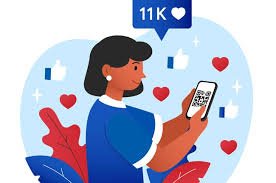
The Bigger Picture
On a cultural level, it’s clear we need to rethink how we approach social media. Platforms are slowly responding by offering tools to hide like counts, limit screen time, and promote mental well-being. But real change starts with us — with how we choose to engage, what we prioritize, and how we define connection.
We have to stop mistaking visibility for belonging. Being seen is easy. Truly being known requires vulnerability, time, and depth — things that can’t be captured in a caption or filtered selfie.
We need to nurture spaces, both online and offline, where authenticity is more valuable than aesthetics. Where people can show up as their whole, messy, unfiltered selves and still be embraced.
Conclusion
Social media made me feel seen in ways I never thought possible. It offered connection, validation, and visibility during times when I felt small and overlooked. But it also exposed the limits of digital interaction — how easy it is to mistake attention for affection, and visibility for intimacy.
Today, I still use social media, but with boundaries and intention. I see it for what it is: a tool, not a substitute. Connection happens when we move beyond the highlight reels and into real, imperfect, beautiful human moments.
And perhaps the most powerful thing we can do is to remind ourselves, and each other, that our worth isn’t measured by numbers on a screen, but by the quiet, steady love we offer and receive when no one else is watching.
Do follow UAE Stories on Instagram












